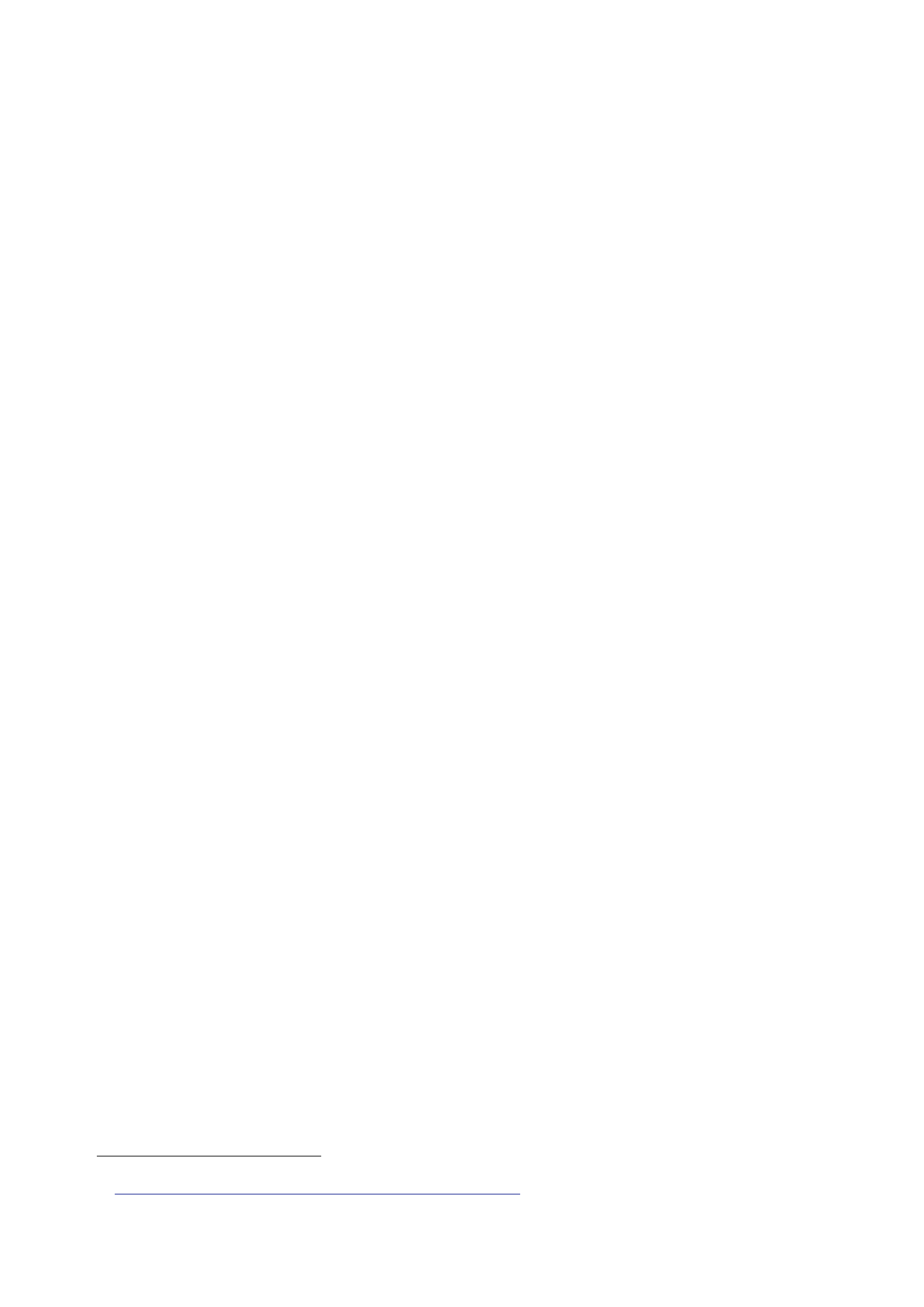
The Report
of the Iraq Inquiry
•
“Other
Iraqi responses might include seizing hostages as ‘human shields’;
using
non‑lethal
BW in a deniable manner; suicide attacks; or a ‘scorched earth’
policy
with the
aim of creating a humanitarian or environmental catastrophe. At
some
point,
motivated by revenge, Saddam would seek to inflict the maximum
damage
on his
enemies, whether Iraqi or outsiders.”442
1121.
The JIC stated
that the paper was “not intended to be a comprehensive review
of
all Iraq’s
options”.
1122.
The JIC
assessed that Saddam Hussein knew that “an Iraqi military victory
over
a US‑led
Coalition was implausible”. If attacked, he would “initially seek
international
pressure to
halt Coalition action”. If this failed, he would seek to “drag out
the fighting”
and “would
be increasingly likely to use chemical or biological weapons … to
undermine
the
Coalition’s will”.
1123.
The assessment
of Iraq’s ballistic missiles and chemical and biological
weapons
is
addressed in Section 4.3.
1124.
The JIC
assessed Iraq’s options during Coalition air strikes and during a
ground
campaign.
1125.
On the former,
the Assessment stated that:
•
Iraq had
“contingency plans to weather Coalition air strikes while
maintaining
government
control”, but its air defence system would be overloaded by
a
Coalition
attack.
•
Iraqi
airforce and naval capabilities were “very limited”.
•
Iraq might
attack Kurdish areas before a ground attack started for a number
of
reasons,
including to “divert Coalition air effort” and to “engage in ground
fighting
earlier
than it had planned”. Iraq’s ground options “would be severely
limited”
once the
Coalition had established control of the air.
1126.
A ground
attack might fracture Saddam Hussein’s regime, but the JIC
continued
to judge
that “only massive military force would be guaranteed to topple
Saddam”. If the
Coalition
pursued a phased campaign (the “rolling attack”), the JIC stated
that Saddam
Hussein
would have a number of options. He would “probably seek an
opportunity to
inflict
casualties” including on internal “enemies” and he would “take
advantage of every
opportunity
to cause the Coalition political problems”. The JIC judged that the
smaller
the initial
Coalition force, the more likely Iraqi forces were to
resist.
1127.
The JIC
anticipated that the Iraqi army could establish positions within
urban
areas, but
“most R[egular] A[rmy] defences are likely to be constructed
further forward,
nearer
Iraq’s borders, or along key roads and at junctions”. Physical
barriers, “water
barriers
(created by flooding or by the destruction of bridges), minefields,
or possibly
442
JIC
Assessment, 6 December 2002, ‘Iraq: Military Options’.
344
